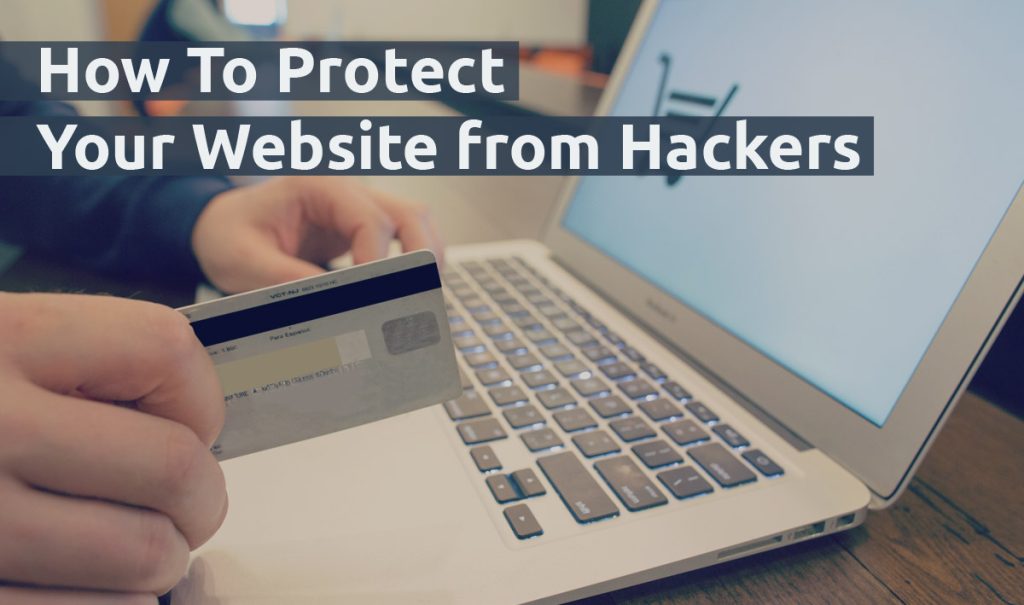
Developers of an E-commerce website must consider online security as top most priority to protect their customers’ personal information. Hackers are at a regular hunt for Social Security numbers, Credit card numbers, and other confidential data.
So, how to keep your customers’ information safe? Ecommerce and security experts share 5 tips on how you can prevent fraud and keep your site safe from hackers:
1. Choose a secure Ecommerce platform
Most of the time, developers decide to build an ecommerce site from the scratch. It’s a bad decision as it involves a lot of risk factors including money and security risks. On the other hand, customizing an existing ecommerce website is quite faster, easier and less risky in terms of security. Customizing ecommerce solutions according to the requirement of your website will help you to save the time of your team, money, human resources and also offer a good base of security solutions to your ecommerce site. So use sophisticated object oriented programming language for your ecommerce website.
2. Use a SSL secure connection for checkout
Encrypt the communication when transmitting data between the website and browser. Maintain encryption algorithms such as Secure Sockets Layer (SSL) or Transport Security Layer (TLS) to keep hackers from decoding the code. It’s crucial to use SSL certificates to authenticate your business identity and encrypt the data during transmission. This protects financial or important information of your company and your customers’ information from getting stolen by hackers.
3. Test your E-commerce site regularly to test vulnerabilities
Credit card companies require retailers of e-commerce sites to meet certain security standards. Meeting these requirements are not enough, you better test your e-commerce site regularly to stop hackers to crack your information. This includes:
-Regular scanning – Scan your site regularly to keep a check that hackers have not introduced any malware to the graphics, advertisements or to content provided by third parties.
-Penetration testing – Hire ethical hackers or cyber security consultants to find susceptibilities in the code.
-Security apps: Search tools that can help you to scan web applications to identify various vulnerabilities.
4. Eliminate risky software that puts online security at risk
Use HTML 5 code to remove potential susceptibilities from Java. If you are planning to make a new website or redesigning, choose a safer choice. If possible, try to eliminate Adobe Flash and various apps that are prone to vulnerabilities. If you use Java or Flash for legacy applications, ensure that you have the most secure version.
5. Choose a hosting provider carefully
Choosing a hosting for your website can be a difficult task like many other things. Most of the companies make fake promises like offering 99% uptime, knowledgeable support and unlimited resources, but there must be a way to overcome the situation and make a right decision.
Many of the hosting providers offer various tools and applications to run an e-commerce site easily and securely. The safest hosting provider is the one that offers:
-AES encryption of at least 128 bit.
-Regular backup of your database.
-Maintenance of comprehensive logs.
-Regular monitoring of network.
-Provides you with written policies and procedures in case of a breach.
-Provides a mode of contact in case of security emergencies.
Your customers should be confident about the online security that you offering them. If hackers have their way, it could cost you their business.




 June 2, 2016
June 2, 2016











